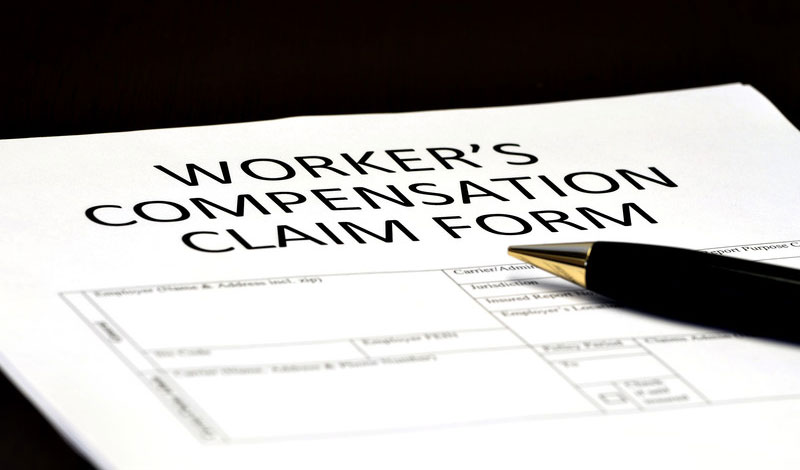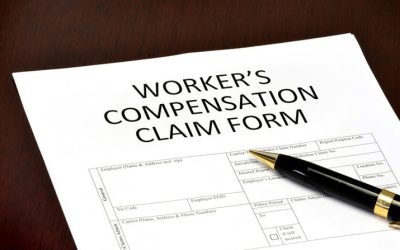Workers’ compensation insurance is mandatory for employers in most U.S. states. This benefit is a great boon for injured workers and their families because it provides the much needed financial support when employees cannot work due to an injury or illness. Great care is taken to ensure that the compensation is paid to deserving workers based on a medical chart review and other formalities. Employers strive hard to contain workers’ comp costs by ensuring a safe workplace for their employees and by providing them training classes on maintaining safety at the workplace.
An important factor that determines the workers’ compensation premium is the employer’s loss history. So, having a workers’ compensation claim can cause future premiums to increase. For a larger organization, past claim costs are used to determine their experience modification factor (e-mod), which is a multiplier used to calculate the premium. If the claim costs are lower than average when compared with other organizations of similar type and size, the e-mod will be lower than 1. That will reduce the workers’ compensation premium. If the claim costs are higher than average, the e-mod will be more than 1, which will increase the premium. The experience modification factor considers 3 years of loss history, not including the most recent policy year.
For smaller organizations, if the premium is low enough (typically below $3,000 to $7,000 depending on the state), they may not be assigned an experience modification factor. If an organization doesn’t have an e-mod, the workers’ comp underwriter will consider their loss history and based on that information decide whether the business is a risk he/she is comfortable writing. Depending on state law and the insurance company’s underwriting standards, an underwriter may be able to increase or decrease an organization’s premium based on loss history.
Lower on-the-job injury rates and improvements in programs that help workers recover from injuries have resulted in a possible 5% drop in workers’ compensation insurance premiums for Washington employers and workers next year. This would mark the second straight year of reduction in the insurance premiums. The rate changes have been modest, increasing slightly more than 1% a year from 2012 to 2018, when the rate decreased 2.5%. According to the Washington Department of Labor and Industries, the proposed rate decrease for 2019 would be the largest year-over-year drop since the year 2007 and would bring major savings for employers and employees who pay about a quarter of premiums, a combined $136 million next year.
- Authorities say that they have seen a huge drop in injuries at work in Washington State since 2012, which is welcome news because preventing injuries and making workplaces safe is the number one goal for employers.
- Compensable claims or injury claims decreased 14 percent between 2012 and 2017 fiscal years, even in the midst of rapid growth in the Washington workforce.
- Programs implemented as part of the 2011 reform also help reduce the system’s long-term costs, including the program that provides subsidies to employers to help injured workers return to work faster doing light duties during their recovery. Other programs included are vocational training support; strengthening guidelines on prescription painkillers to reduce long-term use of opioids.
Decrease in work-associated injuries, along with Washington Department of Labor & Industries’ initiatives to improve outcomes for injured workers and reduce cost have enabled to make the system healthier and are contributing to the proposed decrease, according to Joel Slacks, the department’s director. The department is planning to hold a public hearing in December before approving the reduction.
As a provider of medical review service for workers’ compensation attorneys, we understand that an important thing employers can do to minimize the impact of claims on their premium is get employees back to work as soon as they are medically able. Employers could modify the worker’s job, offer reduced hours or offer a light-duty job until the worker is fully healed. To save maximum on future premiums, employers should try to bring injured/ill workers back to work before their state’s waiting period has kicked in. This waiting period may vary from three to seven days. If an employer can achieve this, the claim will be considered medical-only, so only 30% of the claim costs will be included in the e-mod calculation. Another advantage of bringing employees back to work as soon as possible is that employees can maintain their mental and emotional well-being and improve their financial stability.




